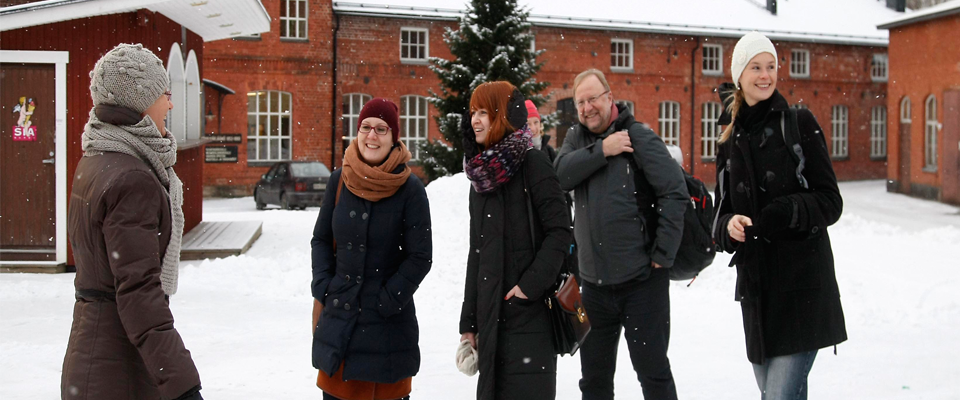Whom the bell tolls?/Kenelle kellot soivat?
Due to the over 250-year tradition of bell casting, Apolda is referred to as "bell city".
Apoldassa on yli 250 vuoden perinteet kellojen valamisesta ja Apoldaa kutsutaankin "kello kaupungiksi"
Pictures taken on our trip to Apolda 2.-6.4.2014
Kuvat on otettu Re3 -projektin matkalta Apoldaan 2.-6.4.2014
Due to the over 250-year tradition of bell casting, Apolda is referred to as "bell city".
Apoldassa on yli 250 vuoden perinteet kellojen valamisesta ja Apoldaa kutsutaankin "kello kaupungiksi"
Pictures taken on our trip to Apolda 2.-6.4.2014
Kuvat on otettu Re3 -projektin matkalta Apoldaan 2.-6.4.2014
 |
| The Bell and City museum Apolda was founded in 1952. Kello ja kaupunginmuseo perustettiin Apoldaan vuonna 1952. |
 |
| In the museum you may touch and even ring most of the bells. Museossa voi koskea ja jopa soittaa suurinta osaa kelloista. |
 |
| We visited the museum on Thursday 3.4.2014. Me vierailimme museossa torstaina 3.4.2014. |
 |
| As you walk around the city of Apolda, Kiertäessäsi kaupunkia, |
 |
| you may also find bells in the city sceenery. voi havaita myös lukuisia kelloja kaupunkikuvassa. |
 |
| The bells shape and sound is its own artwork. Kellojen ja sen äänen työstäminen ovat oma taiteenlajinsa. |
 |
| In the museum are various bells made of different materials. Museosta löytyy erilaisia kelloja, eri materiaaleista valmistettuna. |
Pictures: Tanja Härmä
Text: Minna Lehtola





































































